The Loyal Mongoose
Free
Once upon a time in a village, there lived a
Brahmin with his wife. One day, they were blessed
with a son. The Brahmin thought to have a pet for
the child so as to protect him as well as to get a
companion for him.
| 5 |
|
0 |
| 4 |
|
0 |
| 3 |
|
0 |
| 2 |
|
0 |
| 1 |
|
0 |
General Inquiries
There are no inquiries yet.
Related Products
The Honest Woodcutter, also known as Mercury and the Woodman and The Golden Axe, is one of Aesop’s Fables, numbered 173 in the Perry Index. It serves as a cautionary tale on the need for cultivating honesty, even at the price of self-interest. It is also classified as Aarne-Thompson 729: The Axe falls into the Stream.
A decidedly non-saccharine celebration of friendship, love and Valentine’s Day The New York Times number 1 bestselling character Jim Panzee is very grumpy about Valentine’s Day until his buddy Norman shows him that this celebration is for everyone
The Fox and the Stork, also known as The Fox and the Crane, is one of Aesop’s fables and is first recorded in the collection of Phaedrus. It is numbered 426 in the Perry Index.
The Ugly Duckling” is a Danish literary fairy tale by Danish poet and author Hans Christian Andersen. It was first published on 11 November 1843 in New Fairy Tales. First Volume. First Collection, with three other tales by Andersen in Copenhagen to great critical acclaim.
The Lion and the Mouse is one of Aesop’s Fables, numbered 150 in the Perry Index. There are also Eastern variants of the story, all of which demonstrate mutual dependence regardless of size or status. In the Renaissance the fable was provided with a sequel condemning social ambition.
“Three Billy Goats Gruff” is a Norwegian fairy tale about three goats who face a major hurdle on their path when they went out grazing. An interesting tale using animal characters, the full story of the Three Billy Goats Gruff is highly relatable to children as they learn how to face tough situations in their daily lives.
The Tortoise and the Hare” is one of Aesop’s Fables and is numbered 226 in the Perry Index. The account of a race between unequal partners has attracted conflicting interpretations. The fable itself is a variant of a common folktale theme in which ingenuity and trickery are employed to overcome a stronger opponent.
“Little Red Riding Hood” is a fairy tale by Charles Perrault about a young girl and a Big Bad Wolf. Its origins can be traced back to several pre-17th-century European folk tales. It was later retold in the 19th-century by the Brothers Grimm.
Stone Soup is a European folk story in which hungry strangers convince the people of a town to each share a small amount of their food in order to make a meal. In varying traditions, the stone has been replaced with other common inedible objects, and therefore the parable is also known as axe soup, button soup, nail soup, bolt soup, and wood soup.
The Boy Who Cried Wolf is one of Aesop’s Fables, numbered 210 in the Perry Index. From it is derived the English idiom “to cry wolf”, defined as “to give a false alarm” in Brewer’s Dictionary of Phrase
The Ant and the Grasshopper, alternatively titled The Grasshopper and the Ant, is one of Aesop’s Fables, numbered 373 in the Perry Index. The fable describes how a hungry grasshopper begs for food from an ant when winter comes and is refused.
Spending time with family is always fun and creates new memories. Spending a day with family on a picnic in a nice park can refresh the mood and can help break the monotonous routine of daily life. Kids especially love visiting parks as it gives them a chance to connect with nature. Not only is it fun, but also has several health benefits.


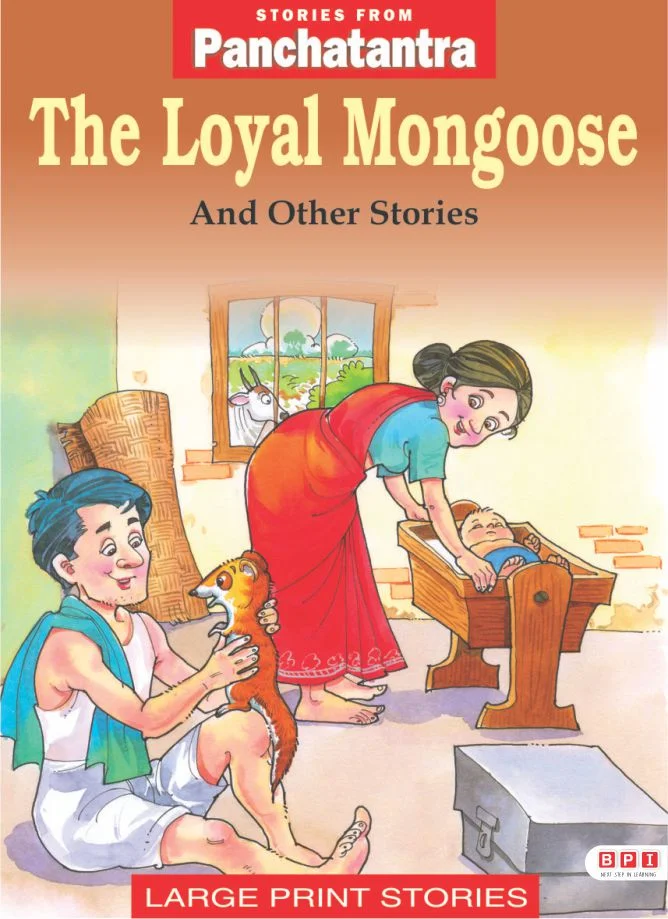



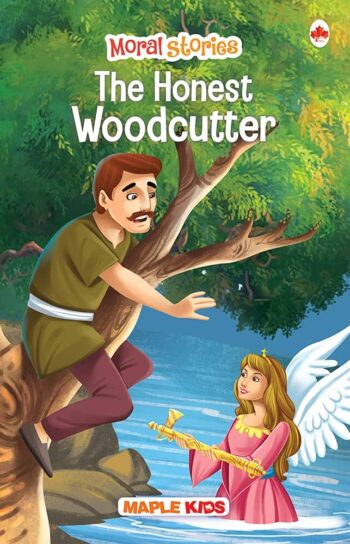
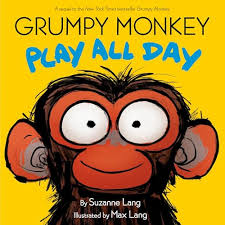

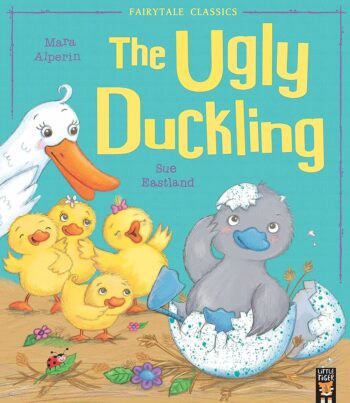



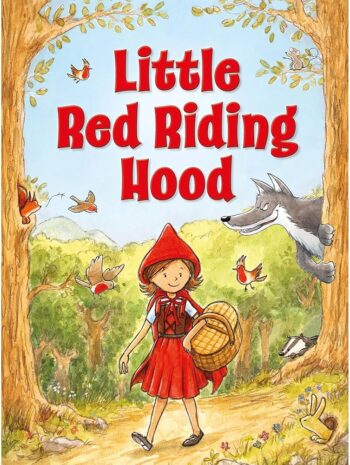
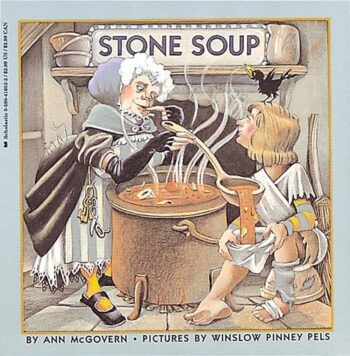
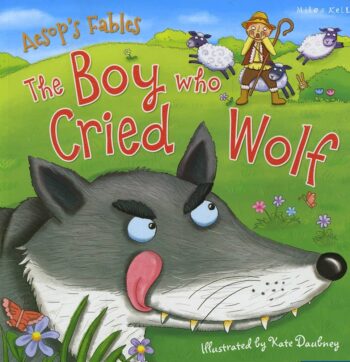
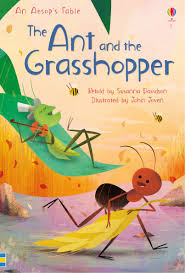



Reviews
There are no reviews yet.